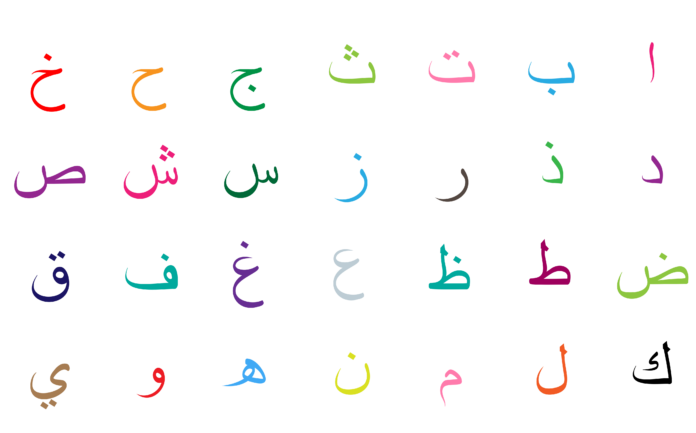Arabic is a widely spoken language across nations in the Middle East, North Africa, and Asia. If you want to learn Arabic, you can start by mastering its alphabet. Here are some ways to use the Arabic alphabet to learn the Arabic language:
Begin With Letter Recognition
The Arabic language has 28 letters that are written from right to left. The letters can take on different forms depending on their position in a word. They can take on isolated, initial, medial, and final forms. To start with letter recognition, write them down and identify their different forms. It would also be helpful to learn how they are pronounced and their respective names. Practice writing the letters repeatedly to improve your muscle memory and make it easier to identify them when reading Arabic texts.
Master Pronunciation and Focus on Phonetics
Arabic consists of consonants, long vowels, and shadda, which doubles the consonant. Familiarize yourself with these different elements to help you pronounce words accurately. You can use online sources that show you how to enunciate each sound correctly. Listen to native speakers and try to break down the words into individual sounds to understand the various accents and intonations. Practice speaking the language at every opportunity to develop fluency.
Build Vocabulary With Letter Associations
Each letter in the Arabic alphabet has a distinct sound. Learners can build their vocabulary by associating that sound with real-world objects and concepts. The letter “Baa” in Arabic sounds like the English letter “b.” By associating it with the word “book,” learners can easily remember the letter and its sound. The Arabic letter sound “Taa” can be related to the English word “table,” and “Thaa” can be associated with “think.” This method can help learners quickly build their vocabulary.
Form Syllables and Words
Arabic is a phonetic language, so it’s necessary to understand the complex rules of syllables and word formation. The letter “Alif” in Arabic has no sound but is used to lengthen the vowel sound of the letter that follows it. Learning this rule can help language learners form words with more ease and accuracy. Similar rules apply to all the letters of the Arabic alphabet. By learning these syllable and word formation rules, learners can more easily create words and sentences and understand their meaning.
Follow a Curriculum
A good Arabic language learning curriculum can help students learn and master the Arabic alphabet and language. A curriculum provides a structured approach to learning the language, starting with basic letters and vocabulary and working through more complex phrases. Following a strong curriculum can help learners stay accountable and focused during their language studies. It also provides more opportunities to practice their language skills, helping them grow over time.
Practice by Listening
Listening to Arabic alphabet songs and other music, podcasts, and audiobooks can be an effective way to practice language listening skills. Choose content that is challenging yet not too complex help you pick up new letters, words, and phrases. You can also watch Arabic movies, TV shows, and documentaries with English subtitles to improve your language comprehension. Practicing speaking with native Arabic speakers can also be a good way to understand the language’s nuances and dialects.
Read Also: Mastering the Key Topics: A Complete Guide to SBI Clerk Exam
Use the Arabic Alphabet To Learn the Arabic Language
You can effectively learn the Arabic language by starting with the basics, like memorizing the Arabic alphabet, practicing simple words and sentences, joining a language course, and immersing yourself in the culture. If you are struggling to learn Arabic, seek professional help from experienced Arabic language tutors. These tutors can help you pinpoint your language weaknesses and provide tailored learning approaches that suit your learning style.




































